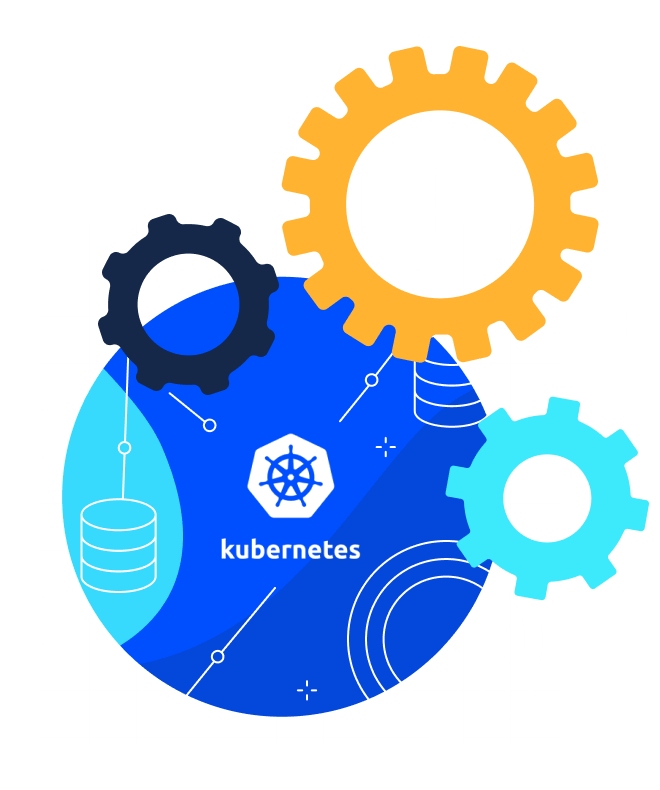Deploying a Multi-Region Kubernetes Cluster
Watch the webinar
Watch the webinar



